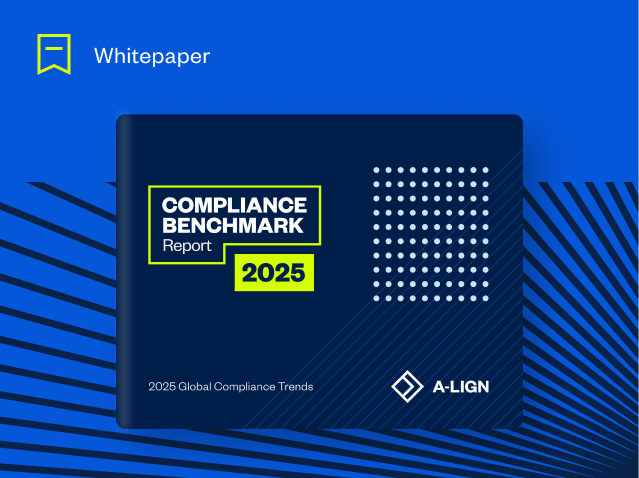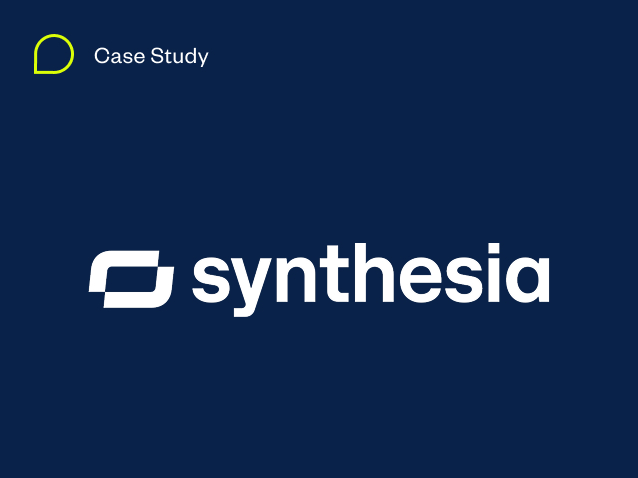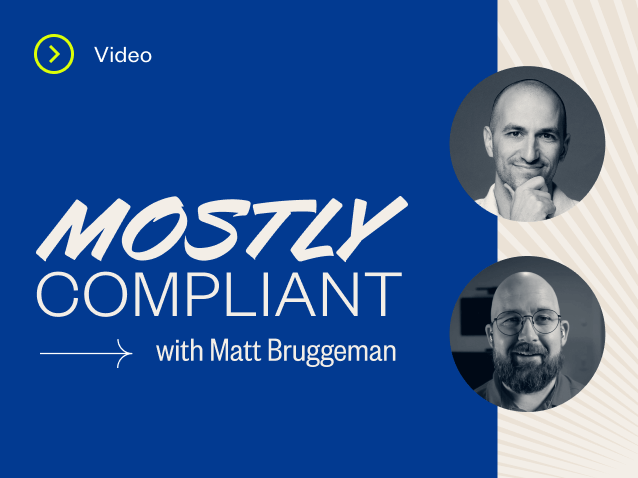On February 15, 2022, the International Organization for Standardization (ISO) released an update to ISO/IEC (International Electrotechnical Commission) 27002:2013 under the name ISO/IEC 27002:2022. The release of this new standard has caused a lot of confusion and anxiety within companies, with many under the mistaken impression that they’ll have to undergo a new certification process in order to achieve compliance. This, however, is not true.
In this blog, I’ll shed light on the new standard and explain what ISO 27002:2022 means for your business.
What Is ISO 27002?
Let’s start by clarifying that ISO 27002 should be viewed as more of a manual as it offers extensive guidance on the Annex A controls and best practices an organization should implement to ensure the confidentiality, integrity, and availability (CIA) of assets.
ISO 27001, on the other hand, actually establishes the compliance requirements needed to become certified. This clarification is important, primarily because ISO 27001 has not been updated yet, only its supplemental guidebook ISO 27002 has changed. This is, however, a great time for organizations to implement the best practices found in the revamped guidebook as we expect ISO 27001 will also be updated fairly soon.
Why Was ISO 27002 Updated?
Updates to ISO standards occur periodically. ISO/IEC 27002 has origins that trace back to a 1990’s UK government initiative. It was first a standard developed by the oil company Shell Energy that was donated to the UK and became a British standard in the mid-1990s ISO 27002 was adopted as an ISO standard in the year 2000 and seems to undergo revisions on an eight/nine-year cycle with official updates to ISO 27002 occurring in 2005, 2013, and now in 2022.
This most recent update reimagines the terminology and format of ISO 27002 to make it easier for the layperson to understand. There’s also more focus on cybersecurity and privacy, better aligning the controls to the modern digital era.
What Are the Major Changes?
While ISO 27002:2022 is an exhaustive guide with numerous changes, there are six changes in particular of which organizations should be aware.
1. Reduced Total Controls
There were previously 114 internal controls listed in ISO 27002:2013. Now, 57 of the controls have been consolidated, leaving just 24 controls to eliminate redundancies. It’s worth noting that while the number of controls has decreased, no controls were excluded, only merged for simplicity. And with the addition of some new controls, the total number now stands at 93.
2. 11 New Controls
The 93 total controls include 11 brand new controls that address:
- Information security for use of cloud services
- ICT readiness for business continuity
- Physical security monitoring
- Configuration management
- Information deletion
- Data masking
- Data leakage prevention
- Monitoring activities
- Web filtering
- Secure coding
- Threat Intelligence
3. Domains Have Become Categories
Say goodbye to confusing domains and hello to categories. Now, instead of 14 domains, each of the internal controls fall under one or more of the following four categories:
- Organization
- People
- Physical
- Technological
4. “Objectives” Have Become “Purpose”
Don’t expect to find the word “objective” as you would have in previous versions of the standard. Instead, you’ll find each of the controls have an intended “purpose.” This new framing was done intentionally to help organizations better understand the point of the control and its impact on your assets.
5. New Attributes Tables
ISO created a table of attributes that correspond with each control. The five categories of attributes are as followed:
Control type
What type of effect does the control have?
Preventive, Detective, or Corrective
Information security properties
Which part(s) of the CIA triangle does the control touch?
Confidentiality, Integrity, or Availability
Cybersecurity concepts
What type of cybersecurity action will be taken?
Identify, Protect, Detect, Respond, or Recover
Operational capabilities
Which of the following security specialization(s) does the control belong to?
Governance, Asset management, Information protection, Human resource security, Physical security, System and network security, Application security, Secure configuration, Identity and access management, Threat and vulnerability management, Continuity, Supplier relationships security, Legal and compliance, Information security event management, and Information security assurance
Security domains
Which information security field is involved?
Governance and ecosystem, Protection, Defense, or Resilience
6. Two New Annexes
Although there’s been a lot of consolidations, additions, and renaming of controls, ISO has made it easy to map the controls back to the 2013 version. With Annex B, users can find a 2022 control and then see with which 2013 control it corresponds. The reverse is true with Annex A, which allows users to first select a 2013 control and find the 2022 control with which it corresponds.
Get Ready for Certification
Although no action needs to be taken today, the updates to ISO 27002:2022 present a great opportunity for organizations to start reviewing and updating their internal controls. Doing so now, ahead of the anticipated ISO 27001 update, will enable organizations to more efficiently implement best practices to achieve compliance in the future. Certification bodies will require a shift once ISO 27001 has been updated but as always, being prepared is key to cybersecurity compliance success!
To expand your knowledge on how to achieve compliance, check out what it takes to get certified in 5 Steps to ISO Certification.






